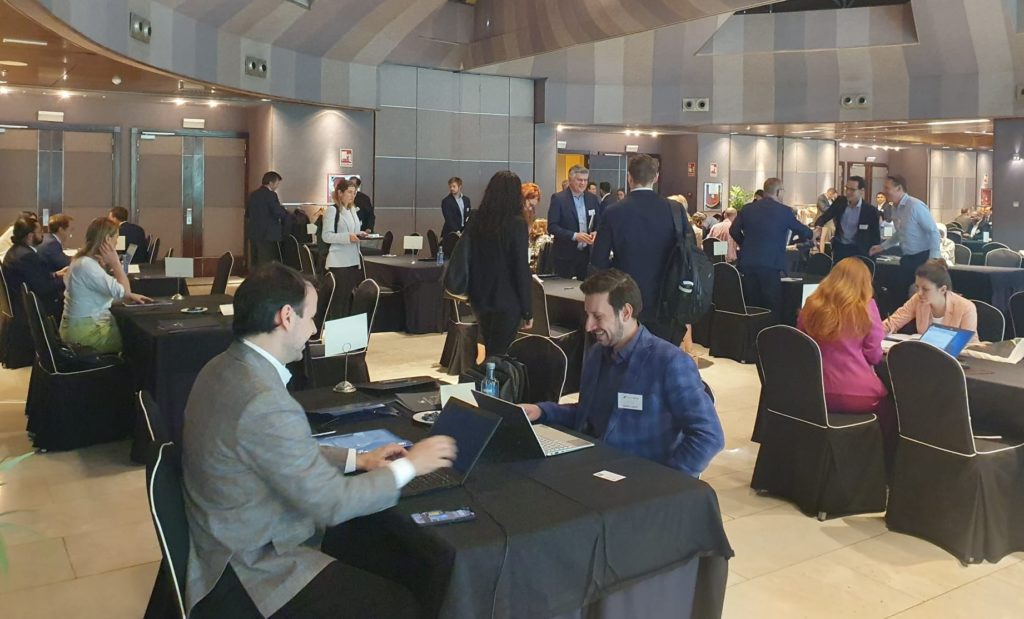

Pharmaceutical license agreements are crucial for the successful commercialization of drugs and other healthcare products. These agreements outline the terms and conditions under which intellectual property rights, such as patents, trademarks, and trade secrets, are granted to another party for the development, manufacturing, and distribution of pharmaceutical products. The structure of these license agreements can vary depending on the specific needs and goals of the parties involved. In this guide, we will explore key factors to consider and different types of pharma licensing deal structures and agreements commonly used in the pharmaceutical industry.
There are different types of license agreements used in the pharmaceutical industry. The choice of structure depends on the goals, resources, and capabilities of the parties involved. The three most common structures are:
Single product license agreements involve the licensing of intellectual property rights for a specific pharmaceutical product. This structure is suitable when a licensor wants to focus on a particular drug or technology and may lack the resources or expertise to develop and commercialize it. The licensee gains exclusive or non-exclusive rights to develop, manufacture, and sell the licensed product within a defined territory. The licensor receives upfront payments, royalties, and potentially milestone payments based on the success of the product.
Portfolio license agreements involve the licensing of multiple products or technologies. This structure is beneficial when a licensor has a range of complementary products or technologies and wants to grant rights to a single licensee for a broader commercialization strategy. The licensee gains access to a portfolio of intellectual property rights, allowing for greater flexibility and potential synergies in product development and commercialization. The licensor receives financial compensation in the form of upfront payments, royalties, and milestone payments based on the overall success of the licensed portfolio.
Co-development license agreements involve collaboration between a licensor and licensee in jointly developing a pharmaceutical product. This structure is suitable when both parties possess complementary expertise and resources that can enhance the chances of success. The licensor and licensee share responsibilities and costs associated with research, development, manufacturing, and commercialization. The agreement defines the ownership of intellectual property, financial considerations, and other important aspects of the co-development process.

Pharmavenue, a prominent platform for the pharmaceutical industry, specializes in facilitating one-on-one business meetings to foster new collaborations and partnerships. These events provide a unique opportunity for pharmaceutical professionals and companies to explore and discuss licensing deal structures in a personalized and focused setting. Pharmavenue organizes various events that are specifically tailored to address the needs of the industry in this regard. Here are some more details on Pharmavenue events related to pharma licensing deal structures:
Pharmavenue Licensing Exchange: The Pharmavenue Licensing Exchange is an exclusive partnering forum that brings together pharmaceutical companies, licensors, and licensees for targeted one-on-one meetings. This event focuses on facilitating productive discussions and negotiations regarding licensing deal structures. Participants have the opportunity to present their products, technologies, and intellectual property rights, as well as discuss potential collaborations and licensing agreements. The Pharmavenue platform ensures efficient scheduling of meetings based on participants’ preferences and areas of interest, maximizing the potential for successful licensing deals.